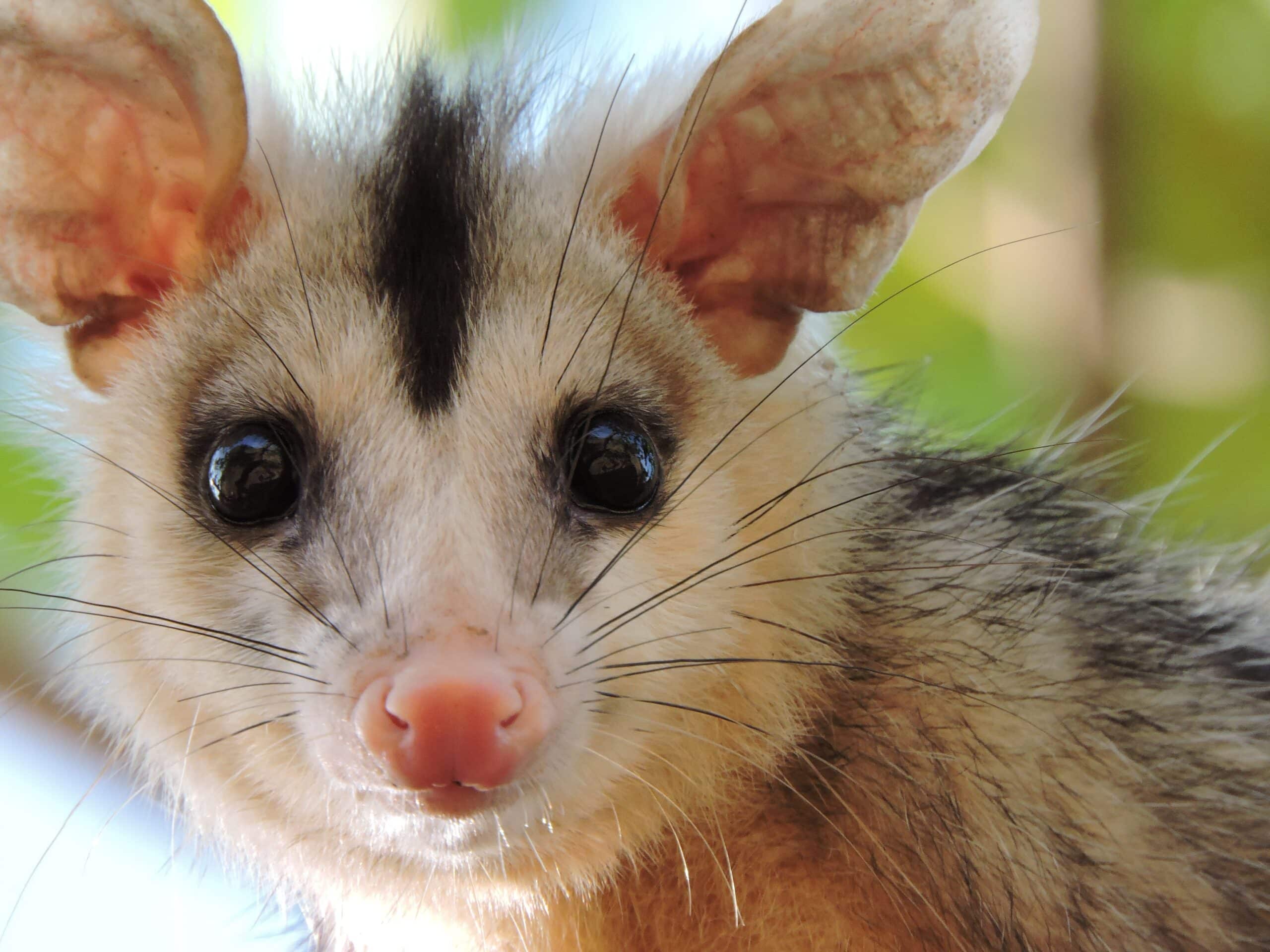
Do you daydream about the wild, mysterious habitats that tarantulas call home? Or contemplating what threats these eight-legged creatures face? If so, you’ve come to the right place!
In this blog, we’ll explore tarantulas’ wild distribution and habitats and some of the species’ current threats. Read on to learn more about these cool creatures!
Introduction to Tarantulas in the Wild
Tarantulas are a large, hairy species of spider that have adapted to many different environments worldwide. Although considered pests by some, these fascinating spiders play an important ecological role in their habitats, serving as predators and prey.
This guide will provide an introduction to tarantulas in the wild, covering the following:
- Distribution and habitats
- Behavior, life cycle, feeding habits, and diet
- Predators
- Conservation status
- Potential threats they face
By understanding the ecological importance of tarantulas in their natural environment, we can better appreciate the beauty and diversity found within these unique species.
Distribution of Tarantulas
Tarantulas are found in many habitats worldwide, from the tropics to temperate climates. In North America, tarantulas are found in desert and grassland habitats throughout the southern United States and Mexico. In South America, tarantulas can be found in tropical jungles and mountainous regions. Tarantulas have been recorded living as far south as Argentina and Chile. They also live on several of the Pacific Islands.
Tarantulas prefer to make their homes in dark, well-protected areas such as deep crevices in rocks or under logs or debris. They will also take up residence in burrows they dig or find already dug by other animals, such as mice or skunks. When threatened, some species of tarantula will feign death by curling up into a ball with their legs close together and hoping their predator moves on.
Human activities are now a major threat to these creatures’ survival. They have already been listed as endangered or threatened in some parts of the world due to deforestation, habitat loss from urbanization, road construction, and the introduction of exotic species like cane toads which prey on them. Therefore, we must understand more about these creatures and focus our efforts on conserving them before we lose them forever from our planet’s ecosystems.
Types of Habitats for Tarantulas
Tarantulas are found in a wide range of habitats around the world. These include evergreen rainforests, dry forests and woodlands, tropical grasslands and semi-deserts, riparian corridors, and biologically diverse savannahs. Commonly found living in caves or on the ground, tarantulas climb trees and rocks and can be seen hiding under logs or in crevices inside caves.
Tarantulas inhabit various altitudes depending on their species. Certain spiders may be found in lowlands up to 11,000 feet. They often use the same habitat for hunting prey and areas where they can find mates. Since tarantulas need an environment with little moisture loss to survive, they will move to regions with increased humidity when available.
- Tropical rainforests provide abundant resources and rainfall, making this habitat essential for many tarantula species. This causes competition due to the large number of animals sharing a small amount of space in these areas.
- Finally, desert habitats allow tarantulas to stay very cool as temperatures can range from 70°F/21°C during the day time down to 40°F/4°C at night time which is ideal for their species’ survival needs.
Natural Predators of Tarantulas
Tarantulas have many predators in the natural world. Birds, small mammals, and other invertebrates enjoy preying on these creatures. Large species of tarantulas are more likely to be preyed upon than their smaller brethren due to their larger size and conspicuous behavior.
Coyotes, opossums, skunks, rodents, snakes, and raptors are among their predators. Other animals, such as beetles, lizards, and frogs, enjoy a good spider meal when they find it.
Invertebrate predators of tarantulas include:
- Predatory wasps that lay their eggs inside spiders’ egg sacs since the tarantula cannot protect her eggs from attack by such small foes.
- Predatory ground beetles also attempt to prey upon spider egg sacs; however, tarantulas usually take steps to protect themselves from these predatory insects by burying their egg sacs or spinning a web over them for additional protection.
- As the eggs hatch into larvae, some species of centipedes find them very attractive and scoop them up for dinner before they can become full-grown spiders.
Human-Related Threats to Tarantulas
Human activities impact tarantula populations worldwide, both directly and indirectly. Habitat destruction and fragmentation of wild tarantula habitats seriously threaten their survival. This can include destruction from logging, mining, urbanization, and agricultural expansion.
In addition to destroying their natural habitat, these activities can indirectly threaten their environment by introducing pollutants that can cause illness or death.
In some parts of the world, traditional pet trade hunting is a major problem for wild tarantulas, leading to the over-collection of individuals even in well-protected areas or when other human activities already threaten species populations. Responsible pet owners should always acquire animals from reputable breeders or breed spiders themselves whenever possible to ensure the long-term conservation of endangered species and their habitats in the wild.
Conservation Efforts for Tarantulas
In recent decades, numerous conservation efforts have been made to prevent tarantulas’ extinction. For instance, species management plans are implemented in many countries to protect their habitats and regulate the harvesting of particular species.
Additionally, many organizations have been founded to help educate the public and support the conservation of wild tarantula populations. Moreover, conventions such as CITES (Convention On International Trade in Endangered Species Of Wild Fauna And Flora) restrict and monitor the international trading of certain species of tarantulas.
Furthermore, captive breeding programs are also helping preserve wild populations. This is particularly beneficial for species that face significant threats from human activities, such as deforestation or overexploitation (through collecting pets or traditional medicine). Through captive breeding and stable populations maintained outside natural habitats, these species may persist even if their wide range declines drastically due to habitat loss.
Interesting Facts About Tarantulas
Tarantulas are some of the world’s most fascinating spiders, with their intimidating size and hairy appearance. Despite their scary look, tarantulas are gentle and non-aggressive – so long as you don’t disturb or hurt them. Here are some fun facts about tarantulas to help you understand these arachnids better:
- There are over 900 known species of tarantulas worldwide, living in almost all continents (except Antarctica). They usually prefer temperatures ranging from 70 – 90 degrees Fahrenheit and moisture levels not too low or too high.
- Each leg of a tarantula can have up to 4 joints and different colorations that often resemble its native environment for camouflage.
- Tarantulas can live for up to 25 years in optimal conditions.
- Tarantulas only molt once a year when they reach maturity.
- A molt is when a spider sheds their skin to grow bigger. The molt then becomes an empty shell that the spider generally eats after they molt.
- Tarantulas can be pink, green, tan, or yellow.
- It takes a female tarantula one month after nuclear development & egg laying to produce hundreds to thousands of spiderlings (baby spiders).
- Not all tarantula species build webs; many actively search for their prey using their sense of smell and vibration detectors on their feet.
- Since tarantulas generally intimidate predators both large & small with their sheer size & venomous bite, habitat loss due to deforestation & urban development is one of the biggest threats to these arachnids’ survival in the wild.
Conclusion
In conclusion, tarantulas are widely distributed all over the world in a variety of habitats. Their social behavior, low reproductive rates, and affinity for warm climates make them particularly susceptible to destruction by human hands. As a result, many species are threatened by habitat destruction and the pet trade. Conservation efforts to protect tarantulas will likely become increasingly important in the coming years as these eight-legged creatures face increasing pressure from humans.





